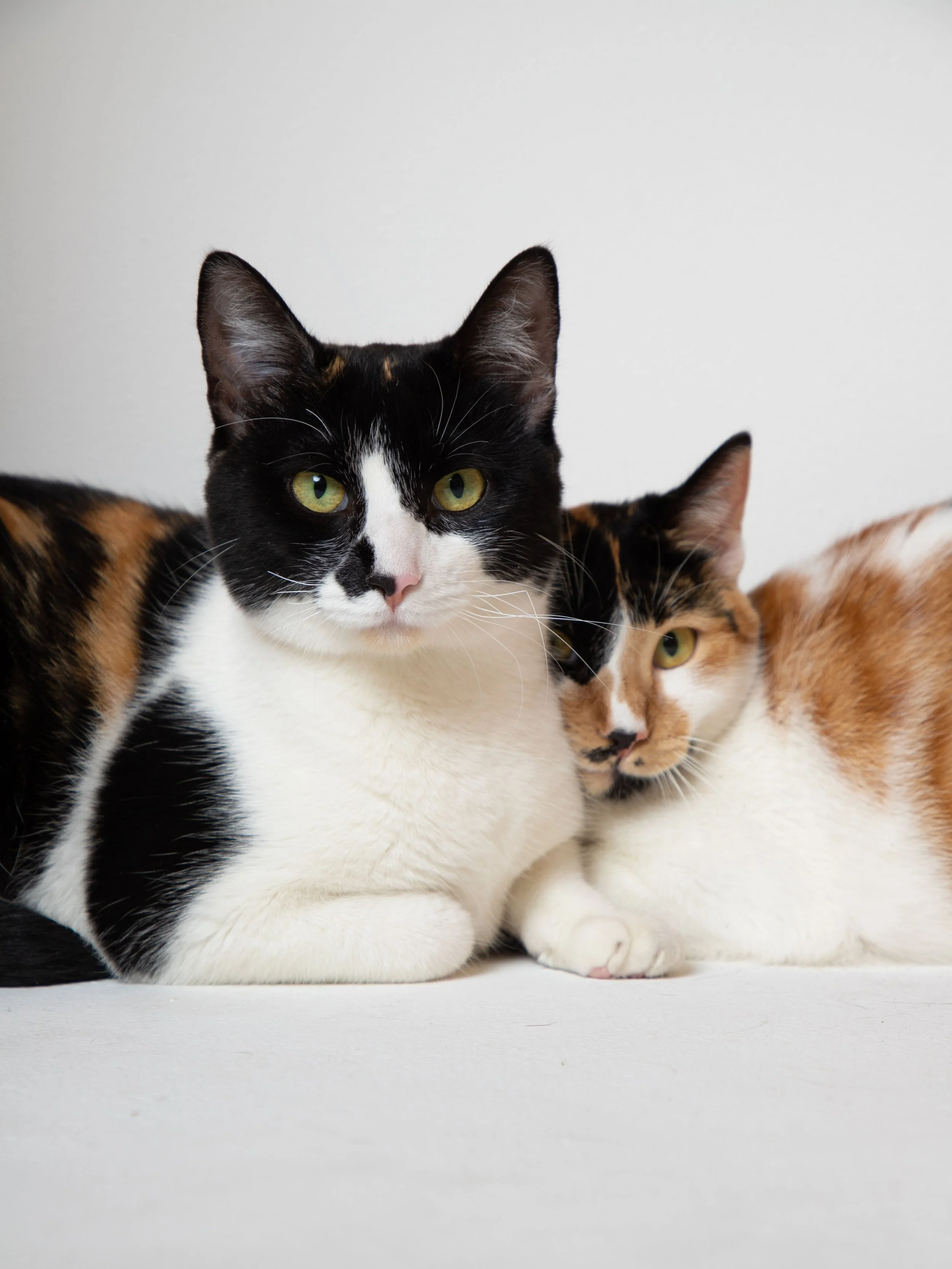Decoding Pet Behavior: Why Does My Dog Eat Grass and My Cat Knock Things Over?
Our pets have some pretty quirky habits that leave us scratching our heads. From dogs munching on grass to cats seemingly enjoying knocking things off shelves, these behaviors can be both amusing and puzzling. But what do they really mean? Let’s decode some of the oddest pet behaviors to better understand our furry friends.
Why Does My Dog Eat Grass?
Ever caught your dog grazing on grass like a mini cow? While it might seem strange, grass-eating is a relatively common behavior for dogs. Some experts believe dogs eat grass to soothe an upset stomach, while others think it’s simply a way to get more fiber in their diet.
However, not all dogs vomit after eating grass, so it may not always be related to digestion. Sometimes, they might just enjoy the texture or taste. To prevent potential health issues, ensure your dog isn’t munching on chemically treated or pesticide-laden grass. Consider providing them with pet-safe grass or feeding them formulated recipes like Evolve Grain Free Salmon & Sweet Potato dry food to satisfy their cravings while keeping their sensitive stomachs in mind
Why Does My Cat Knock Things Over?
Cats are natural-born hunters, and their instincts are often behind some of their most baffling behaviors, including knocking things off surfaces. Whether it’s a glass of water, a pen, or a phone, cats seem to love batting things around until they hit the floor.
There are several reasons for this behavior. First, it could be a form of play or a way to get your attention. Second, it might be their hunting instincts kicking in—tapping and swatting objects mimics how they’d play with prey. And finally, some cats simply enjoy the sound and motion of things crashing to the ground.
If your cat’s knocking habit is becoming a problem, try redirecting their attention with interactive toys or open an Evolve Classic Crafted Meals Seafood Medley wet food for a fun, tasty distraction.
Why Do Dogs Spin in Circles Before Lying Down?
You’ve likely seen your dog spin in circles or dig at their bedding before settling down to rest. This behavior is a nod to their wild ancestors, who would trample grass or dirt to create a comfy sleeping spot. Spinning in circles also allows dogs to position themselves comfortably and ensure the area is safe.
While it’s mostly harmless, excessive spinning could indicate anxiety or a medical condition. If you notice your dog spinning more than usual or showing signs of distress, consult your veterinarian.
Why Do Cats Chirp or Chatter?
If you’ve ever heard your cat making a strange chirping or chattering sound while watching birds or squirrels, you’re not alone. This peculiar vocalization is thought to be a combination of frustration, excitement, or even a predatory instinct.
Some experts believe it mimics the sound of prey, while others think it’s a way for cats to express their hunting anticipation. If your cat is chattering frequently, consider engaging them with feather wands or laser pointers to help satisfy their hunting drive.
Why Do Dogs Tilt Their Heads?
Few things are as heart-melting as a dog’s head tilt. While it may look like they’re trying to understand us, there’s more to it than that. Dogs tilt their heads to better position their ears and gather sound cues, helping them pinpoint where a noise is coming from.
Additionally, head tilting can also be a sign of attentiveness or curiosity. If your dog is tilting their head excessively or seems unsteady, it’s best to consult a vet to rule out ear infections or neurological issues.
Why Do Cats Knead With Their Paws?
Kneading is that rhythmic pushing motion cats make with their paws, often against soft surfaces like blankets or your lap. This behavior originates in kittenhood when they knead their mother’s belly to stimulate milk flow.
As adult cats, kneading can be a sign of comfort, contentment, or marking territory through the scent glands in their paws. If your cat is a particularly enthusiastic kneader, consider placing a soft blanket in their favorite spot to protect your skin or furniture.
Understanding Our Pets’ Quirks
While some pet behaviors can seem perplexing, they often have deep-rooted instincts or underlying reasons. By paying attention to these actions, we can better understand what our pets are trying to communicate and how to address their needs effectively. From grass-eating to head tilting, every quirk has a story—and knowing that story can help strengthen the bond between you and your furry companion.

























